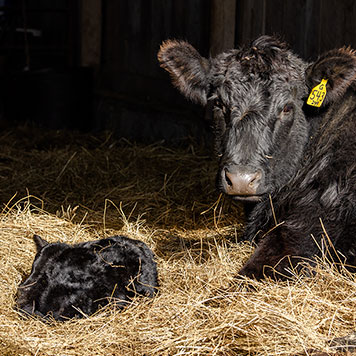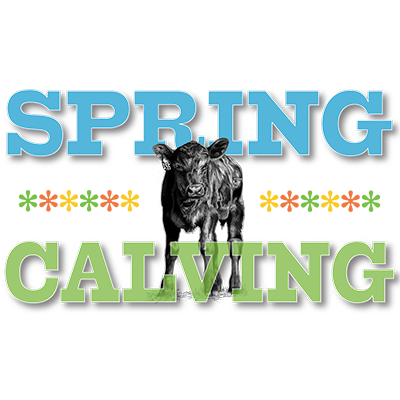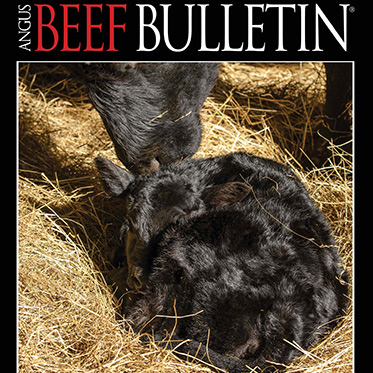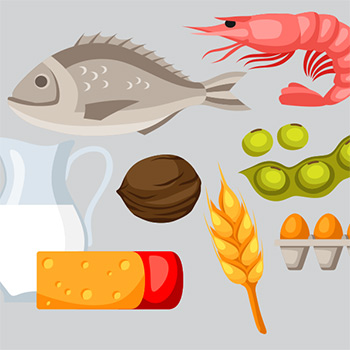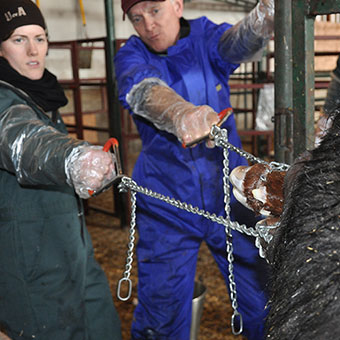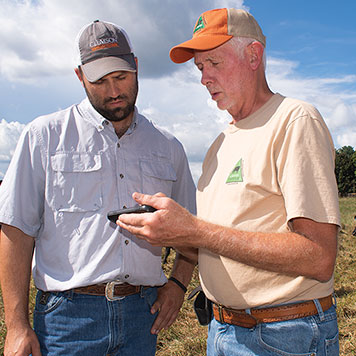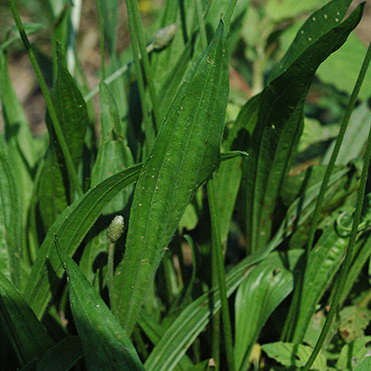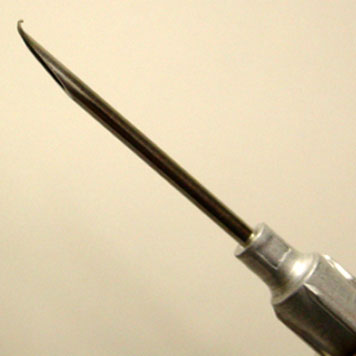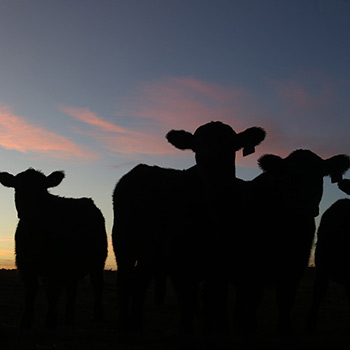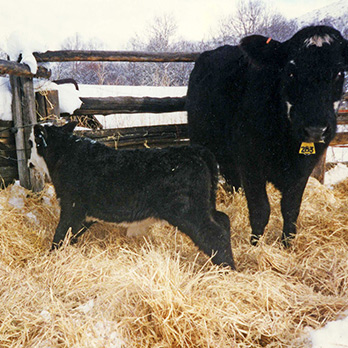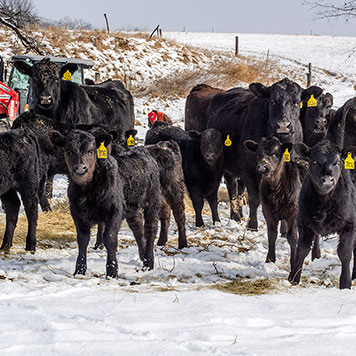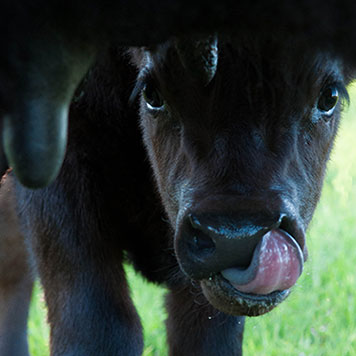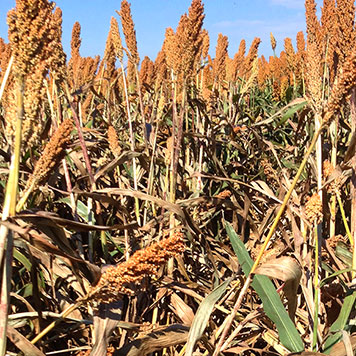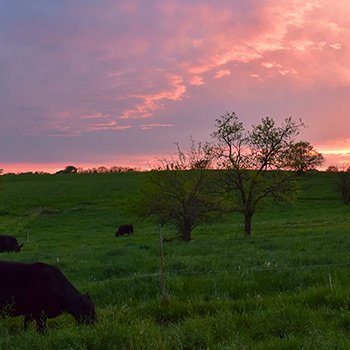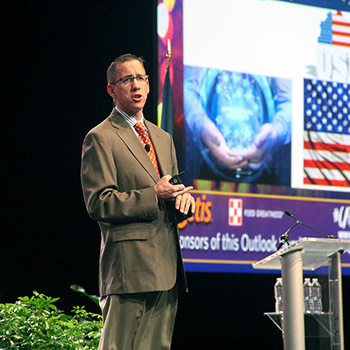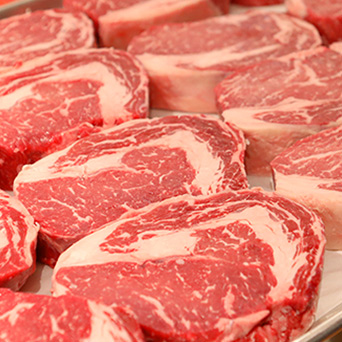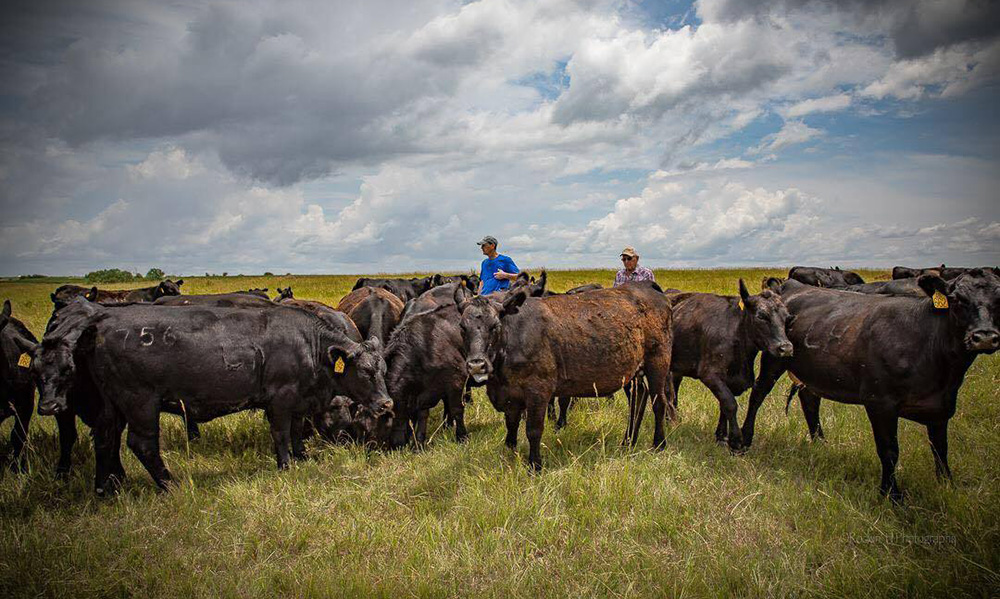
Become a Better Observer
Animal well-being is enhanced by better observations and patience.

Renowned animal-handling expert Temple Grandin compares yelling at cattle to an idling pickup truck. A pickup does not have intent until you stomp on the gas; it is the same with your voice. Yelling has intent, but it’s the wrong kind.
“The most important thing when working with cattle is becoming an observer,” explains Grandin, a Colorado State University (CSU) animal science professor. “Watch where their ears are pointing and what they are doing in reaction to a stimulus.”
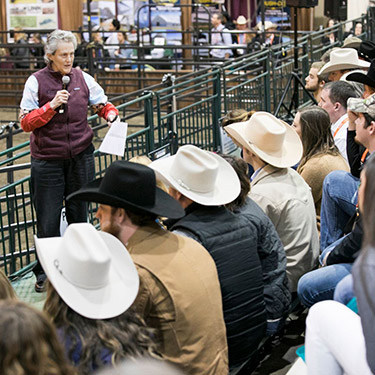 |
“The most important thing when working with cattle is becoming an observer,” explains Grandin, a Colorado State University animal science professor. “Watch where their ears are pointing and what they are doing in reaction to a stimulus.” |
Animal health and well-being is a direct reflection of handling, which can be negatively affected by your working facilities. Though state-of-the-art equipment requires less skill from cattlemen, there is simply no substitute for quality stockmanship.
“Regardless of your facility, there are some basic principles to consider,” says National Cattlemen’s Beef Association (NCBA) Stockmanship & Stewardship professional Dean Fish. “As you enter the flight zone, you are applying pressure on the animals to move.”
Fish describes three types of pressure:
- 1) driving pressure — the most common, it is applied by simply walking into the herd;
- 2) maintaining pressure — applied by the handler remaining on the edge of their flight zone where the cattle begin to look but are not moving yet; and
- 3) drawing pressure — cattle’s herd instinct is to be with each other so they are drawn together.
“One misconception about low-stress cattle handling is that it is low-pressure, but there are times when you have to put more pressure on,” Fish explains as he demonstrates that releasing pressure is the reward for moving. He adds that releasing pressure is just as important, if not more important, than applying it.
Noah’s ark
Working inside a Bud Box chute design, Fish pushes the cattle toward the alley in the small working space. He stands at the outside corner of the alley and slowly walks toward the cattle along the fence. They make a perfect arc around him and funnel into the alley toward the chute.
“There has been quite a bit of research on acclimating cattle to the chutes and making sure their first experience with the new facility is positive,” Grandin adds, noting that feeding the cattle in the working facility will make it worth their while the next time they come in.
Grandin hypothesizes that how cattle move through the chute is determined by the way they went through the other parts of the system previously.
“When you do things that really hurt, they don’t forget it,” Grandin says.
If you always work cattle from just one position — horseback or on foot — and then suddenly switch to the other, the animals can quickly get stressed from the unfamiliar shapes.
“If cattle get bit by dogs in the chutes, they learn how to kick with both feet,” Grandin says. “I have seen really good flight-zone work out in the pasture by dogs. What I don’t like to see are the dogs in the working facility biting at heels.”
Frightful poop
When an animal clears its bowels, it is lightening the load for its fight-or-flight response. Keeping animals calm should result in less pooping. Stress also elicits an immune response, something producers should strive to avoid for improved herd health overall.
“If animals get to the point where you can see the whites of their eyes, they are really upset,” Grandin explains. “That is a scientific measure of fear.”
You can only manage the things you can measure. Beef Quality Assurance (BQA) training provides measurements for your management. This allows producers to assess the quality of their facility and handling.
“Some cattle are wilder than others, but if you look at those BQA measurements then you can decide if you are getting better as herdsman,” Grandin says.
The proof will essentially be next to the pudding, in the quality and size of the steak your animals provide on the rail. Quality handling is your first route to either discounts or premiums at the sale barn.
“When Temple first started designing these systems, cattle were a lot wilder,” Fish adds. “We have done 20 years of temperament selection.”
However, wild arms, scary fence openings and high-pitched sounds will make the temperament selection virtually irrelevant in the worst scenarios.
Fish moves his feet quickly but quietly to get more “energy” into the animals so they move smoothly through a sweep and into the alley.
“We work so hard to get the animals into the chute, so why in the world do we have to whoop and holler to send them out?” Fish asks. “If she wants to stand there for 10 minutes, give her that courtesy to hang out.”
Chances are, that animal will enter the chute fairly calmly the next time she comes into it.
Much like your customer service, the goal of working cattle should all be for the benefit of the animal. A positive experience in the working facility and chute will reflect positively on your herd from a customer standpoint, as well as on the rail down the road.
Editor's note: For more information about how to improve your stockmanship or working facility, check out the resources recommended by Grandin and Fish: Improving Cattle Stockmanship, Third Edition by Temple Grandin; Grandin.com provides diagrams for working facilities; and the BQA certification and website at www.bqa.org also provide valuable information on the topics discussed above.
Lead photo by Shelly Hauschel.
